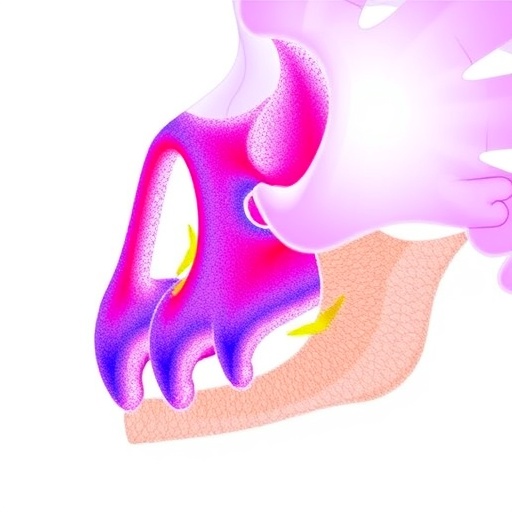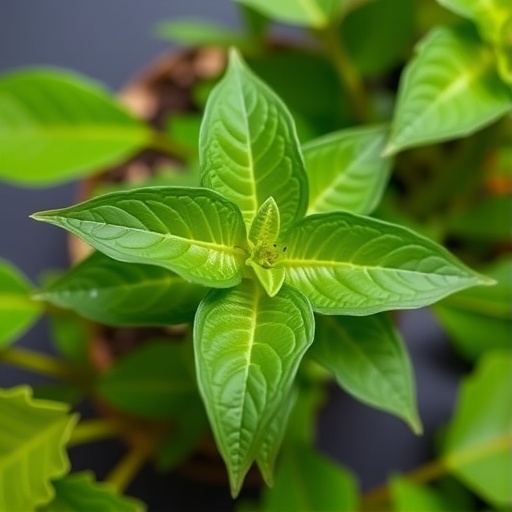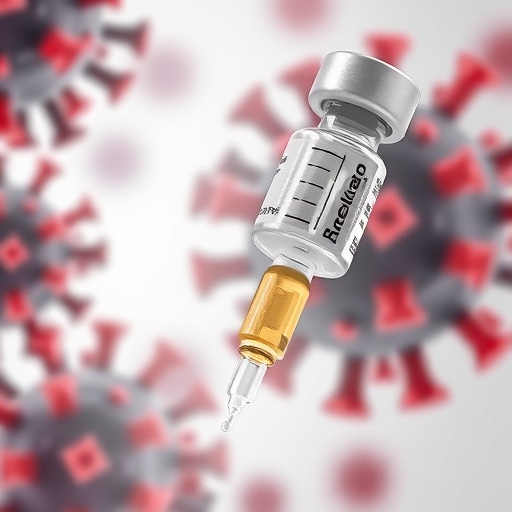In a groundbreaking study published in “Annals of Biomedical Engineering,” researchers have explored the innovative application of mechanical stimulation through bidirectional bending in the context of tissue-engineered cartilage for nasal reconstruction. This approach holds promise for enhancing the mechanical properties of engineered cartilage, mimicking the natural responses of biological tissues under physiological strains. By applying these novel techniques, the researchers aim to address the complexities associated with nasal reconstructions, particularly following trauma or congenital defects.
Nasal reconstruction is a challenging procedure, often complicated by the unique structural and functional demands that the nose must fulfill. Traditional methods have limitations in restoring the natural architecture and resilience of nasal cartilage. This research underscores the necessity of developing advanced solutions to improve outcomes for patients requiring nasal reconstruction. The advances in tissue engineering present an opportunity for personalized medicine, allowing the creation of customized cartilage implants tailored to individual patient needs.
The authors of the study, led by Senan Rafieian, emphasize the significance of mechanical stimulation as a critical factor in developing functionally competent cartilage. Natural cartilage experiences mechanical loads during daily activities, which influences its development and maintenance. Without replicating these mechanical conditions in engineered tissues, there is a risk of inferior biomechanical performance and eventual failure of the implant.
One of the core methodologies employed in this study involves the application of a bidirectional bending approach to the engineered cartilage. This method transmits dynamic mechanical signals that instruct the cells within the cartilage tissue to enhance their structural integrity and functionality. By subjecting the engineered cartilage to these multidirectional strains, researchers have observed enhanced cellular proliferation and biochemical activity, which are essential for developing robust cartilage tissue.
The study’s experimental design included in vitro assessments, utilizing tissue-engineered constructs made from biocompatible materials combined with cell types that are vital for cartilage production. The influence of mechanical stimulation was meticulously monitored, allowing researchers to glean insights into the optimal conditions necessary for cartilage maturation. This meticulous approach enables the identification of the precise mechanical environments required, ultimately aiming to create grafts that closely resemble the properties of native cartilage.
As advancements in biomaterials continue to evolve, the selection of appropriate scaffolding materials is crucial for the success of tissue-engineered reconstructions. In this study, the researchers chose materials that not only support cell attachment and proliferation but also exhibit mechanical properties conducive to mimic the behavior of natural cartilage under load. The integration of such materials within mechanical stimulation protocols represents a synergistic approach that could significantly accelerate the development of effective nasal cartilage constructs.
In addition to enhancing mechanical properties, the study highlights the potential for improved aesthetic and functional outcomes for patients undergoing nasal reconstruction. The capacity to develop a cartilage graft that is both mechanically sound and aesthetically pleasing could revolutionize reconstructive surgery in this area. Patients would benefit from not only improved healing but also a more natural appearance, addressing the psychological aspects often associated with facial reconstructive procedures.
Collaboration among experts in biomaterials, mechanical engineering, and clinical practices is imperative for translating these research findings into practical applications. The interdisciplinary nature of this research reflects the complexity of the challenges faced in regenerative medicine, necessitating innovative solutions that draw on various fields of expertise. The authors advocate for continued investment in research aimed at refining tissue engineering methodologies and protocols.
Looking forward, the researchers envision that this bidirectional bending approach could be adapted for various applications beyond nasal reconstruction. For instance, similar mechanical stimuli could be engineered for use in joint or other cartilage replacements, potentially leading to significant advancements in the treatment of osteoarthritis and other degenerative conditions. The implications of this research extend well into future therapeutic avenues, suggesting that engineered cartilage could play a critical role in broader orthopedic and reconstructive outcomes.
In conclusion, the integration of mechanical stimulation through bidirectional bending represents a promising frontier in the realm of tissue-engineered cartilage, particularly for nasal reconstruction. Future research endeavors will continue to explore the intricacies of mechanical environments and their influence on cell behavior, with the aim of advancing clinical practices. The potential benefits to patients, both functionally and aesthetically, underline the importance of such studies and encourage ongoing dialogue among researchers, clinicians, and industry leaders to foster innovative solutions in the field of regenerative medicine.
While the journey from bench to bedside is often fraught with challenges, findings from this research inspire hope for the future of tissue engineering. As we continue to push the boundaries of what is possible, the implications of such advancements could transform the landscape of reconstructive surgery, enhancing the quality of life for countless individuals who seek repair and restoration of facial aesthetics and functionality.
Ultimately, studies like this shine a light on the future of medicine, where interdisciplinary collaboration and cutting-edge research pave the way for solutions that were once thought unattainable. As the paradigm of medical practice continues to shift towards personalized and regenerative approaches, the work being done today will undoubtedly impact generations to come, reaffirming the vital role of science and innovation in advancing human health.
Subject of Research: Tissue-engineered cartilage for nasal reconstruction
Article Title: Tissue-Engineered Cartilage for Nasal Reconstruction: Mechanical Stimulation Through Bidirectional Bending
Article References: Rafieian, S., Waldman, S.D., Fialkov, J.A. et al. Tissue-Engineered Cartilage for Nasal Reconstruction: Mechanical Stimulation Through Bidirectional Bending. Ann Biomed Eng (2025). https://doi.org/10.1007/s10439-025-03916-7
Image Credits: AI Generated
DOI: https://doi.org/10.1007/s10439-025-03916-7
Keywords: Tissue engineering, nasal reconstruction, mechanical stimulation, bidirectional bending, cartilage, regenerative medicine, biocompatibility, biomaterials.
Tags: advancements in biomedical engineeringbidirectional bending in cartilage engineeringchallenges in nasal reconstruction procedurescomplexities of nasal cartilage healingenhancing mechanical properties of engineered tissuesinnovative approaches to tissue-engineered cartilagemechanical stimulation in tissue engineeringnasal cartilage reconstruction techniquespersonalized medicine in cartilage implantsphysiological strains and tissue developmentrestoring natural architecture of nasal cartilageSenan Rafieian research study





